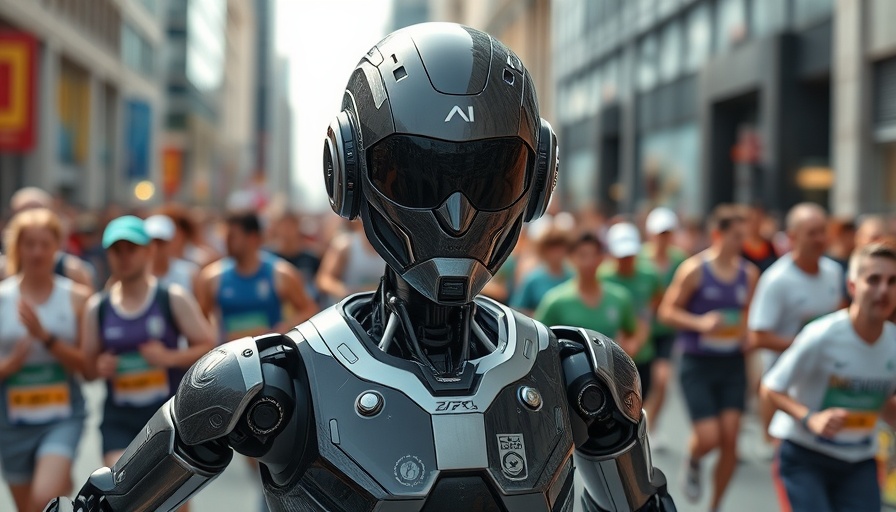
The Rise and Fall of Humanoid Robotics in Sports
The Beijing E-Town Humanoid Robot Half Marathon recently showcased the prowess—and limitations—of humanoid robots when it hosted 21 robotic participants alongside 12,000 human athletes. While it was an engaging spectacle, the outcome was telling: only six robots managed to cross the finish line, with many others quickly succumbing to obstacles like heat and technical failures.
What It Takes to Compete
The standout performer was the Tiangong Ultra, developed by UBTech in partnership with the Beijing Humanoid Robot Innovation Center. Despite successfully completing the race in two hours and 40 minutes—with multiple battery swaps and a few tumbles—it lagged behind the slowest human finish time of 3 hours and 10 minutes. This stark difference underlines the current capabilities and aspirations of the humanoid robotics sector, where durability and reliability in performance still require significant advancement.
Expert Insights: The Reality of Robot Racing
According to robotics professor Alan Fern from Oregon State University, the emphasis for many robot developers lies in task completion and environmental adaptability rather than speed. While robotics technology has seen growth, the fundamental AI algorithms haven't dramatically advanced since 2021. Fern notes that before this race, his team's robot struggled with overheating and stability. Such operational challenges came to the forefront during the marathon, where malfunctioning robots were frequently replaced, demonstrating the physical demands of such an event.
The Cultural Significance
The event, aside from illuminating technical limitations, was a source of pride for the Chinese populace. Many participants took the opportunity to snap selfies with the Tiangong Ultra, blending the worlds of human athleticism and robotic innovation. This camaraderie not only highlights advancements in robotic designs but also sparks cultural conversations about the role of technology in daily life.
Thus, while the robots may not have kept pace with their human counterparts, their participation in the race marked a significant step in the evolution of robotics and its potential integration into society.
 Add Row
Add Row  Add
Add 




Write A Comment